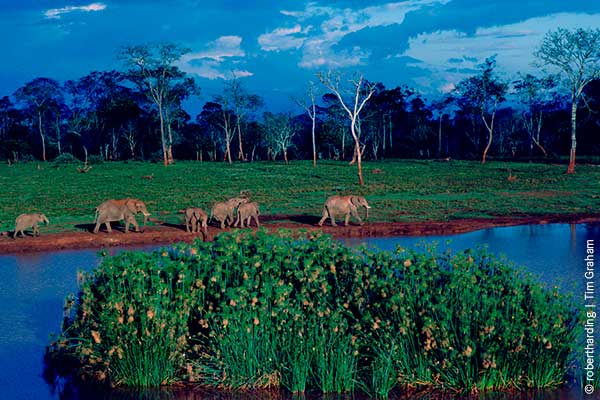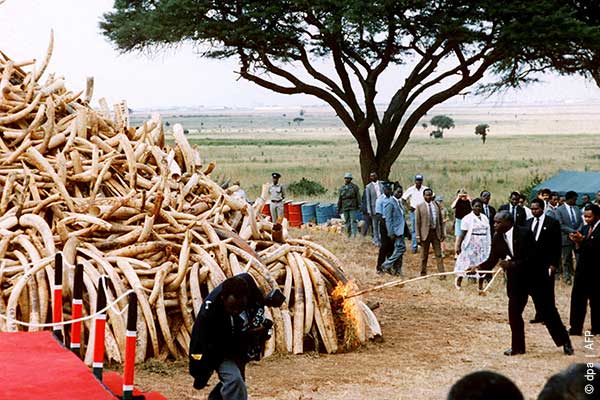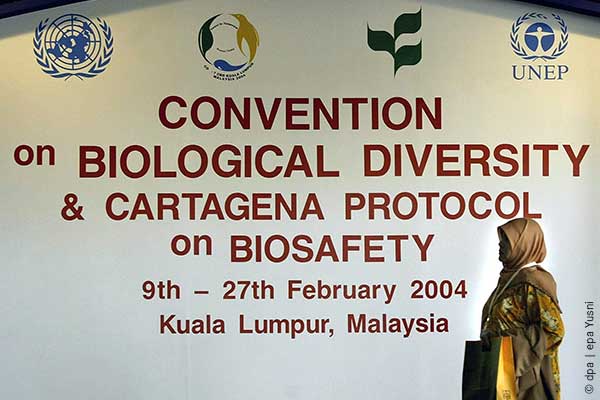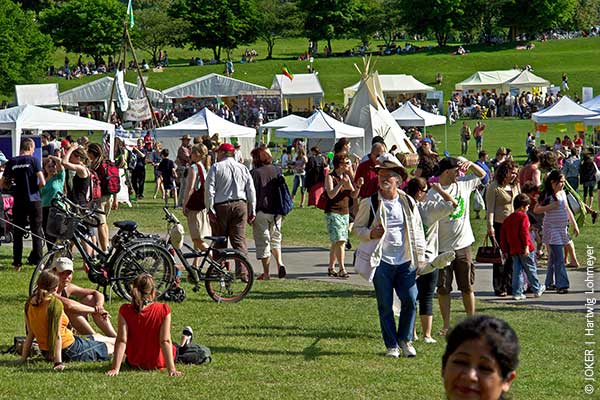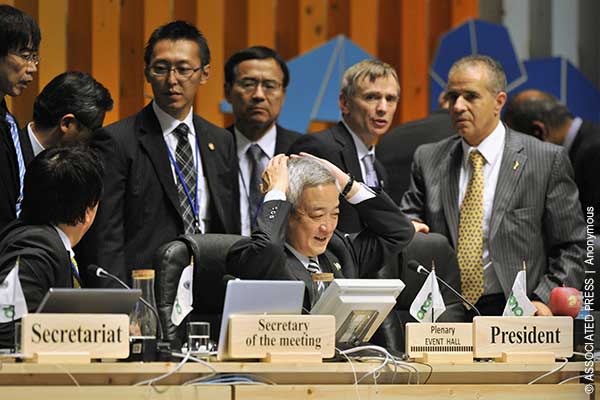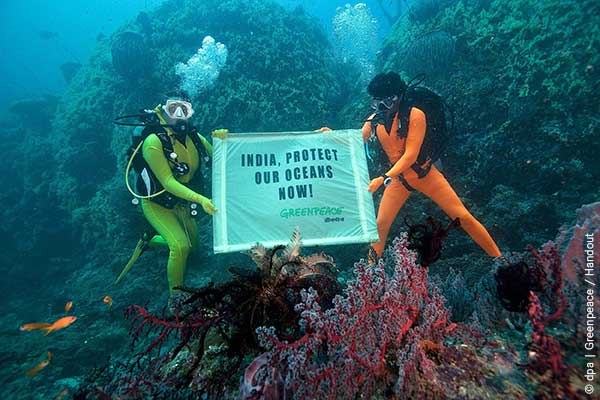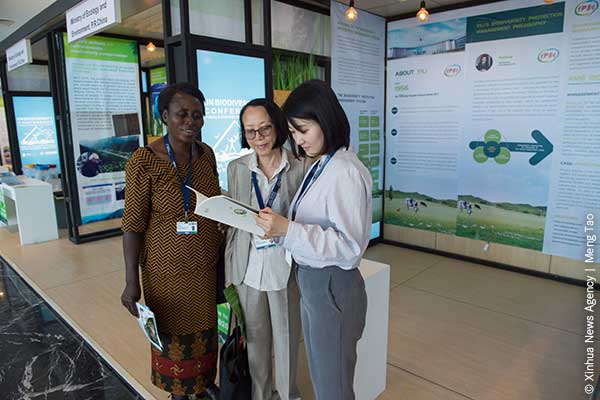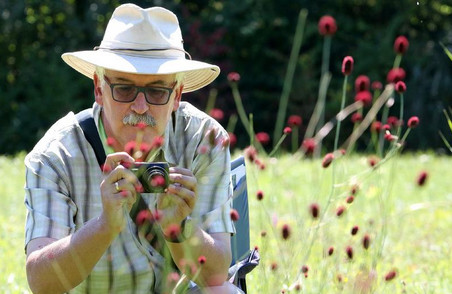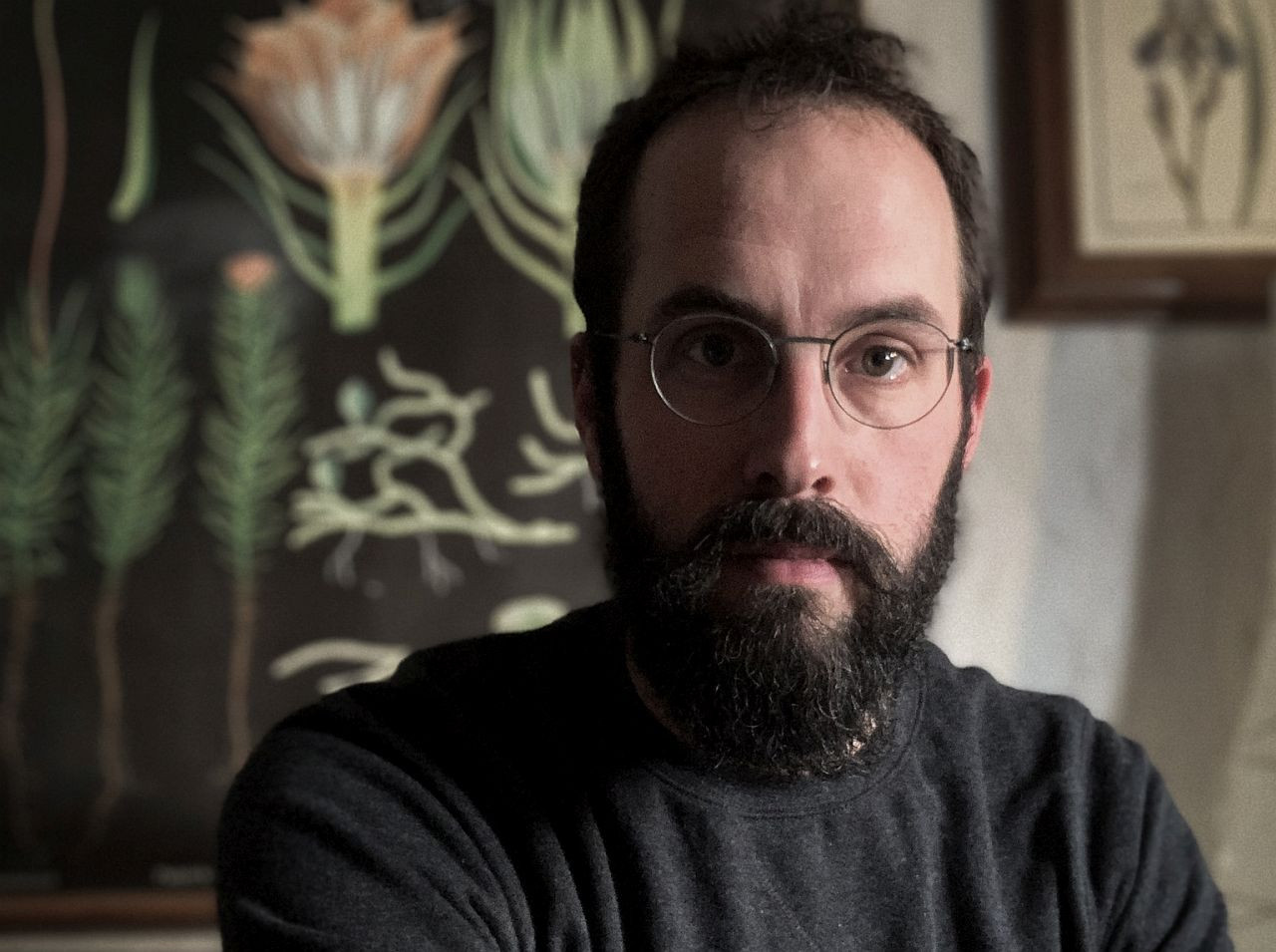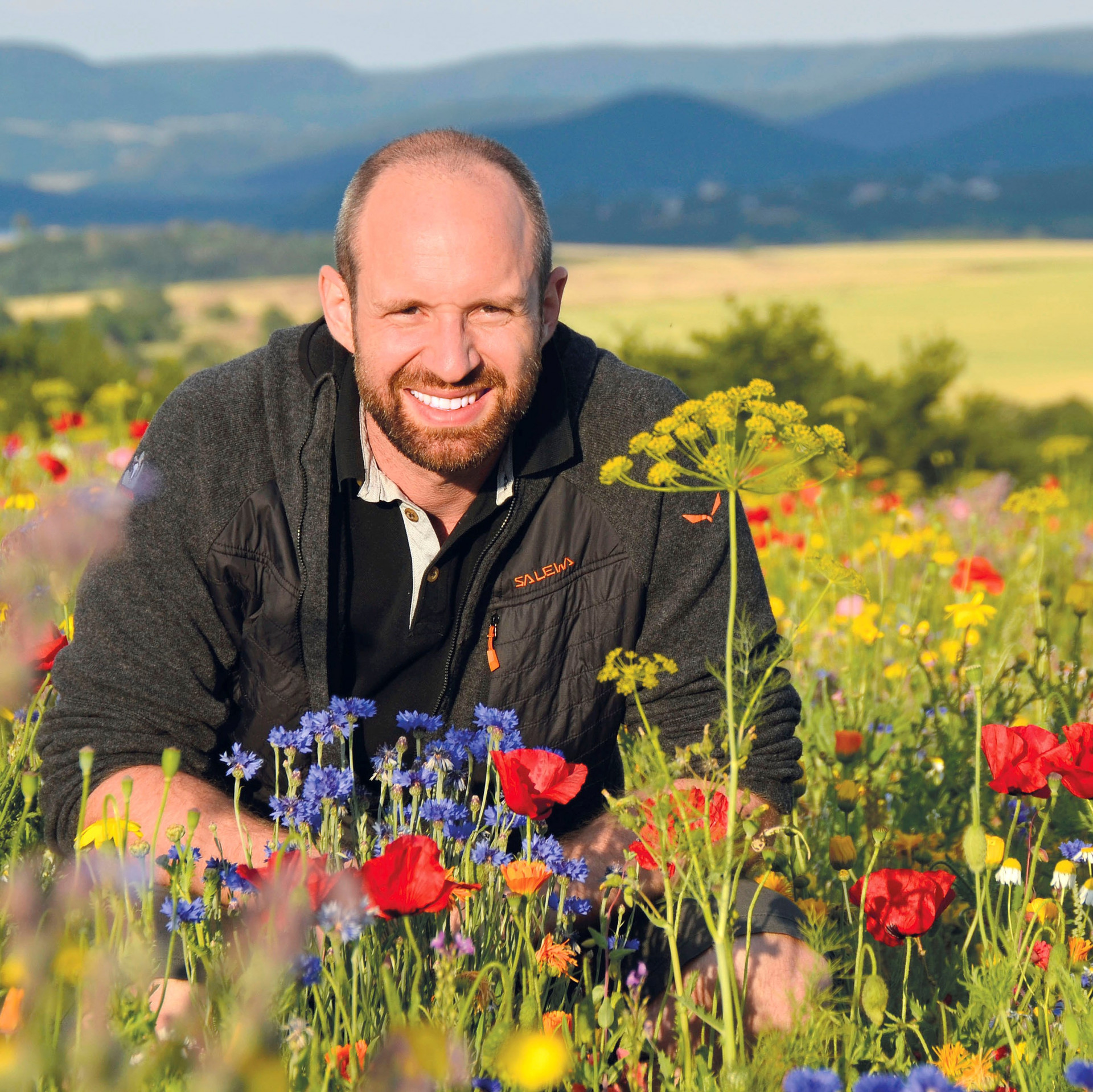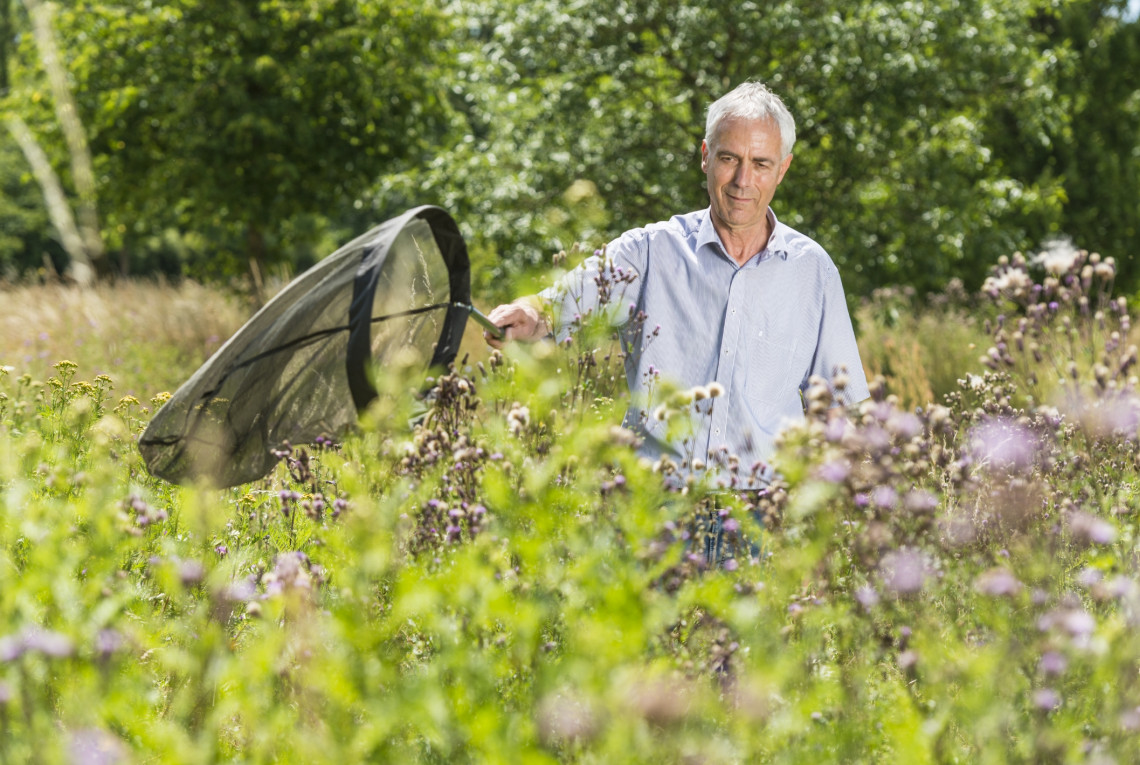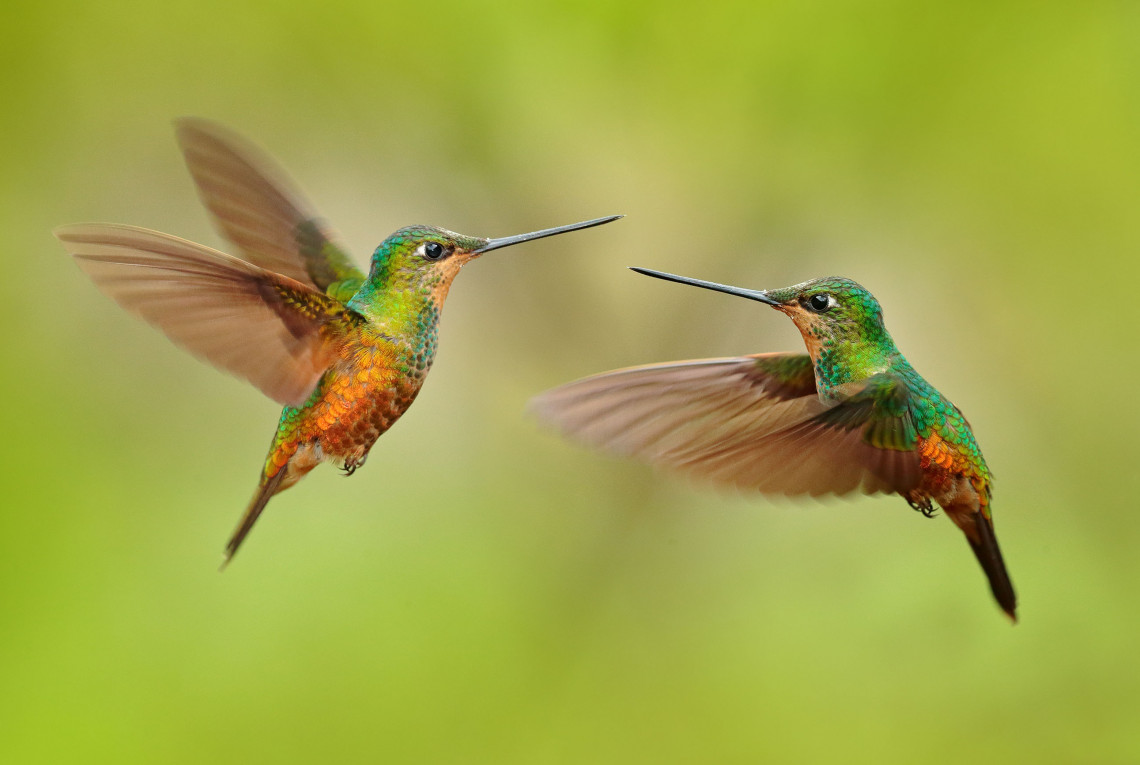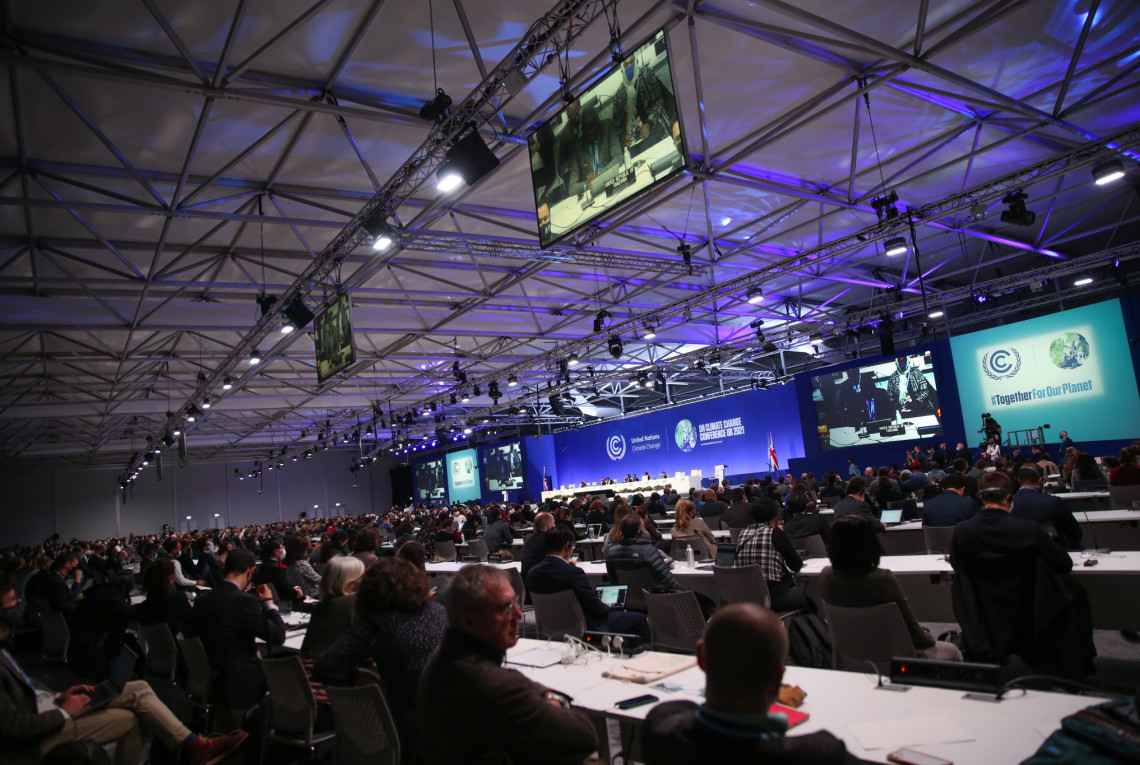The United Nations Biodiversity Summit in Montreal
From December 7-19, 2022, wildlife conservation, nature conservation and spending in the billions were all at issue during the Biodiversity Summit of the United Nations in Montreal. Climate action also hangs on the balance of this agreement. We provide background on the conference, its history and the outcome of COP 15.
Stop global diversity loss, turn 30 percent of the Earth’s surface into declared nature conservation zones, reduce the use of pesticides by two-thirds and invest 500 billion dollars less annually in environmentally harmful subsidies – all by 2030: These and further targets were proposed in the draft Global Biodiversity Framework that the 196 countries meeting in Montreal were to decide on at the end of December.
This way, the natural habitats of plants and animals can be protected and biodiversity preserved, humanity can become more aligned with nature and prevent its destruction. After repeated postponements due to the pandemic, the participating countries met for the 15th Conference of the Parties. What happened on the way to the biodiversity framework agreement? Our timeline maps the key milestones.
Find your experts here!
With a fast process, we bring journalists and media together with the right Helmholtz experts specialized in the topic and format.
After just under two weeks of negotiations, the global community in Canada adopted a new framework agreement on the conservation of the Earth's biological diversity. It contains 23 goals that are important for nature and climate protection. The only question is which of them will actually be achieved. Read more about the results here >
Read our background article on the launch of COP 15 to find out how our scientists assessed the chances of success in advance. Read the article >
Why is the biodiversity conference so crucial for the climate?
We posed this question to scientists and researchers from the Helmholtz centers. Preserving and restoring biodiversity is like taking out insurance against further damage to the environment and extreme weather events, explains Josef Settele from the Helmholtz Center for Environmental Research – UFZ in an interview on COP 15. Our researchers all agree that biodiversity and climate protection must be inseparably linked to ensure a sustainable future.
“Biodiversity and climate are tightly linked. Many ecosystems where carbon is stored are very diverse. The destruction of tropical forests, savannas and wetlands releases carbon dioxide, a greenhouse gas. Protection or restoration of these ecosystems is added value for the climate and for biodiversity. But we can’t expect the ecosystems to protect us from climate change. Quick and massive reduction of greenhouse gas emissions is the top priority.”


“For a safe future, we need to take an integrated approach to the two crises of climate change and global biodiversity loss. That’s the conclusion of the joint workshop report issued by the Intergovernmental Panel on Climate Change (IPCC) and the Intergovernmental Science-Policy Platform on Biodiversity and Ecosystem Services (IPBES). For example, biodiverse forests are long-term carbon sinks and are more resistant to extreme weather events. And when we grow biomass for sustainable energy production, we should protect biodiversity by avoiding monocultures.”
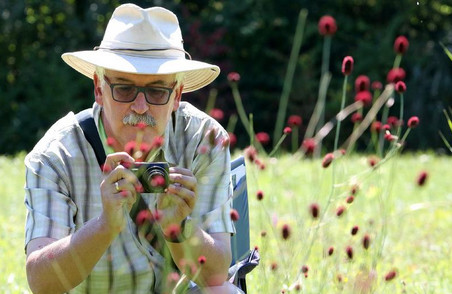

“Genetic diversity is the foundation for any kind of plant breeding and is an internationally protected good. With modern phenotyping, we can characterize the structural and functional diversity of plants, which is a prerequisite for adapting them to drought, heat, heavy rain and hail, and for resistance to diseases that are spreading with climate change.”


“Biodiversity and climate are so inextricably linked that neither crisis can be solved without the other. Effective environmental protection and conservation, the restoration of destroyed habitats, and careful and sustainable use of Earth’s natural resources are a basic requirement for limiting climate change on a lasting basis and ensuring a livable future for everybody. That can only be achieved with ambitious emissions cuts and intact ecosystems.


An important step would be to let nature take its course on 30 to 50 percent of all land and ocean areas and only use them sustainably. But nature also offers us many agricultural and urban climate solutions. We just have to leave plants and animals the space and environmental conditions they need in order to live productively, be resistant to climate change, and provide ecosystem services.”
”Crop production is and will remain under pressure from changing climatic conditions. Unfortunately, there is no single ‘magic crop’ that could cope with the entire range of environmental conditions. However, there is a great deal of genetic and phenotypic diversity in most major crops such as wheat, corn or tomatoes. This ‘cultivated biodiversity’ is of the utmost importance for the future of food production.”


“We can observe how Earth is changing and what we see is alarming, because species and habitats are disappearing rapidly. To intervene, to systematically counteract the loss of diversity, we need to understand how complex systems function. We need to model their spatiotemporal dynamics in order to gain a deep understanding of processes we can actively shape in order to maintain our future ecosystems on Earth.“


“We can’t allow the preservation of biodiversity to remain on the sidelines of environmental policy or development aid if we’re to stop the depletion of our vital resources. Biodiversity has to be given broad consideration in government regulations, subsidy programs and development aid, private-sector loans and investments, and standards. Implementing the new biodiversity goals will cost billions and billions of euros. What matters is exactly which measures and initiatives are actually implemented. There’s great potential in NOT spending money, for example on harmful subsidies for construction and infrastructure, development aid or agricultural policy.”
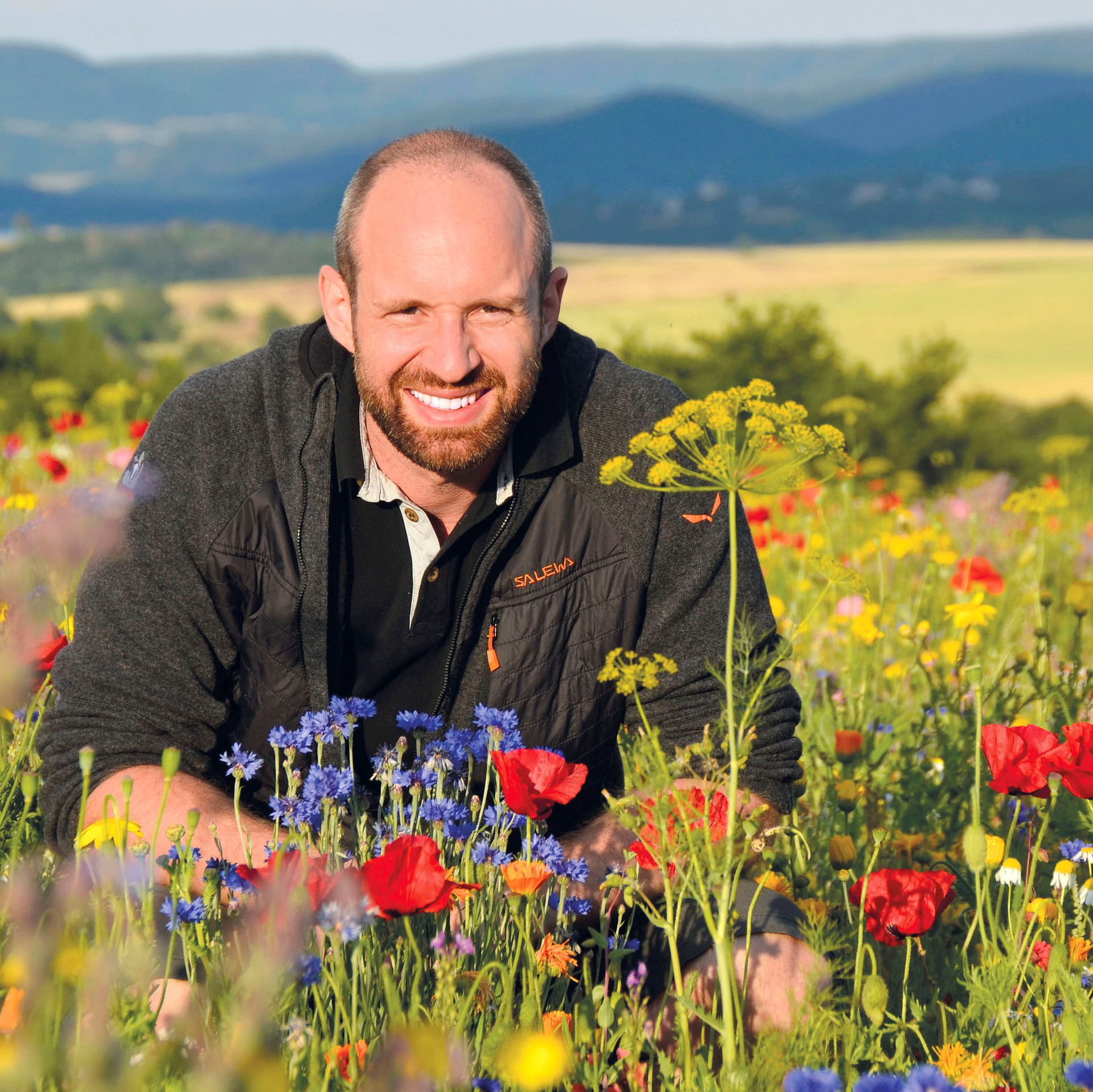
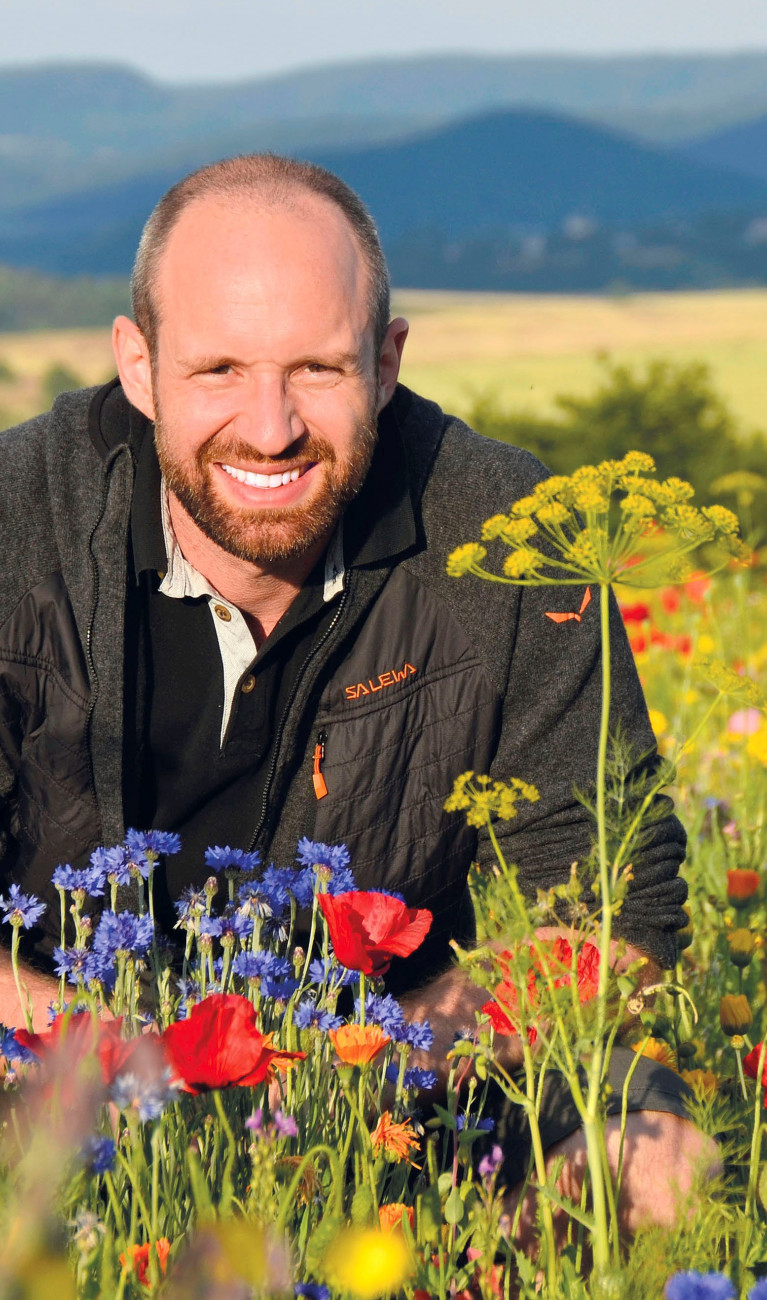
How life in the soil sustains the climate

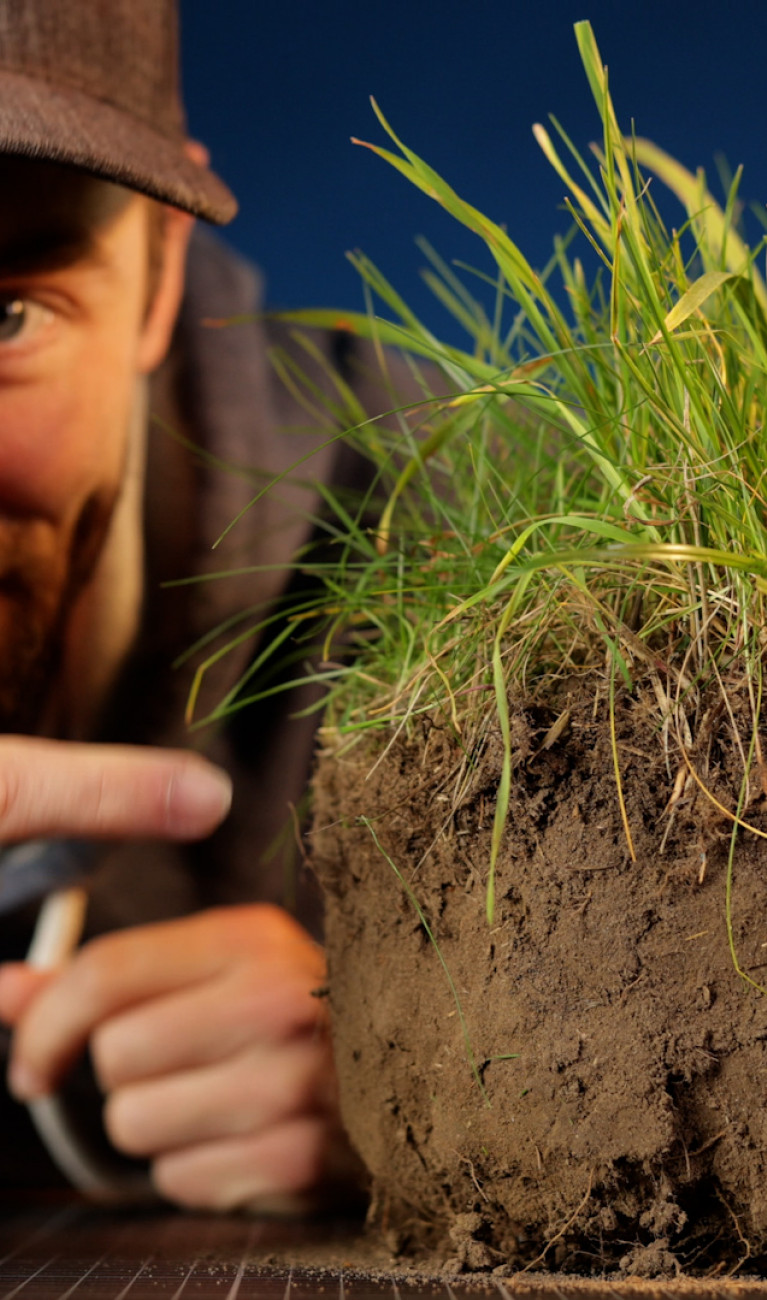
The soil is like a small rain forest, because it is a habitat where many species live at once. In this microscopic jungle, terrestrial arthropods like mites, springtails and other insects crawl around amidst plentiful microorganisms like bacteria and fungi. Throughout the entire food web created by these creatures, they store carbon from the CO2 that plants absorb from the air. One portion is exhaled back out, while another portion stays in the soil, which prevents greenhouse gases from reaching the atmosphere and accelerating climate change. If this soil is destroyed, it emits more CO2 than it absorbs, and then we have a problem. How can we work in unison with this ecosystem instead of working against it as we have done previously? Klaus Russell-Wells explains this in our film, and also speaks with Martin Schädler of the Helmholtz Centre for Environmental Research (UFZ) and Nicolas Brüggemann from the Jülich Forschungszentrum.
